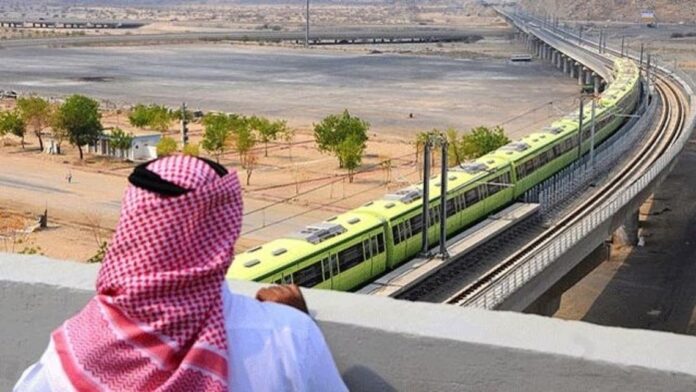Emad Al-Sheikh Dawood – Hashem Emad Abdel-Karim
During the pre-World War I era, trains transported goods from Cairo to Jerusalem and from Damascus to Medina to transport pilgrims between Constantinople (the former capital of the Ottoman Empire) and Hejaz in the Arabian Peninsula, and shorten the travel time for military forces across the line known as the Hejaz Train, which was established by The Ottoman Empire in 1908, and with the passage of time and the widespread of other forms of transportation, especially aerial, and naval container ships, interest in railways declined until they disappeared in the Arabian Peninsula, but the matter changed in the last two decades when Arab governments began to ask themselves whether this was a good thing, and they began to consider railways not only as part of an integrated transportation network but as part of a productive economic strategy, where an effective national or regional network can connect distant industries to the broader economy.
During the year 2003, the leaders of the GCC states assigned the Ministers of Transport and Communications to prepare an economic feasibility study for a railway project linking their countries under the name (Gulf Train GCCR). The decision of the Gulf Summit came out in its thirtieth session, after studying the feasibility of the project in 2009, that it is economically feasible, and since then concerted efforts; To complete the Gulf train and to the extent that it contributes to the development of the economy of the Gulf Cooperation Council.










